Stargazing has captured the human imagination for millennia, and today’s amateur astronomers have more opportunities than ever to explore the cosmos. From remote desert locations to mountain observatories, the world offers countless destinations where the night sky comes alive with celestial wonders.
Whether you’re a beginner with your first telescope or an experienced observer seeking pristine dark skies, these destinations provide exceptional opportunities to connect with the universe. Many of these locations also offer guided tours, educational programs, and state-of-the-art facilities to enhance your astronomical experience.
Atacama Desert, Chile
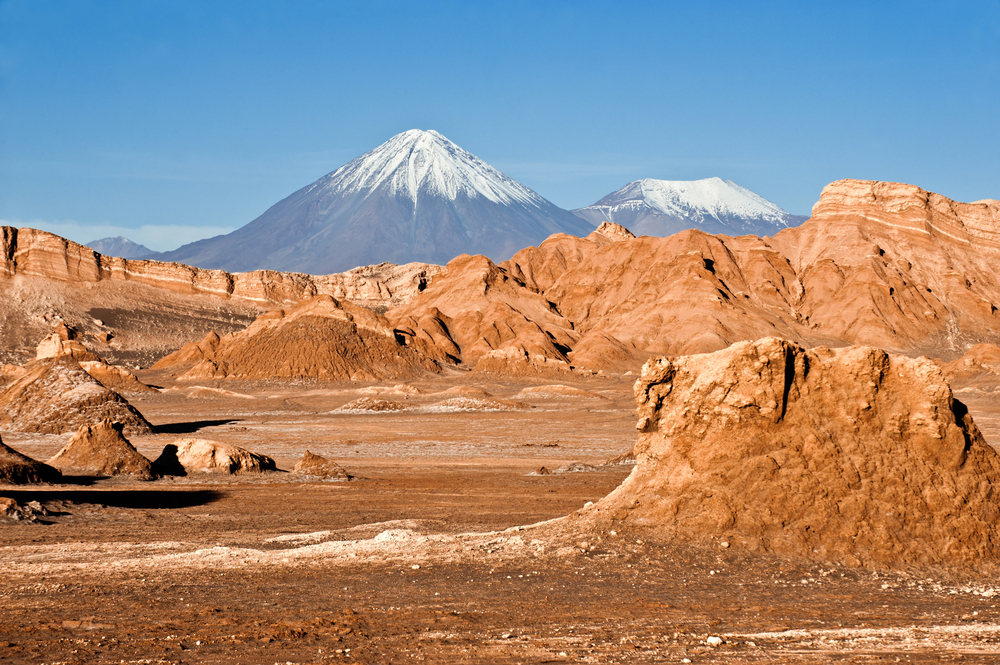
The Atacama Desert stands as the world’s driest non-polar desert, creating perfect conditions for stargazing with its high altitude and minimal light pollution. Located at an elevation of 8,000 feet, this otherworldly landscape experiences over 300 clear nights annually.
The ALMA Observatory welcomes visitors to explore its world-class facilities, while numerous local tour operators offer specialized astronomy experiences. The combination of crystal-clear skies, professional observatories, and the southern hemisphere’s unique celestial objects makes this destination truly unparalleled.
Mauna Kea, Hawaii
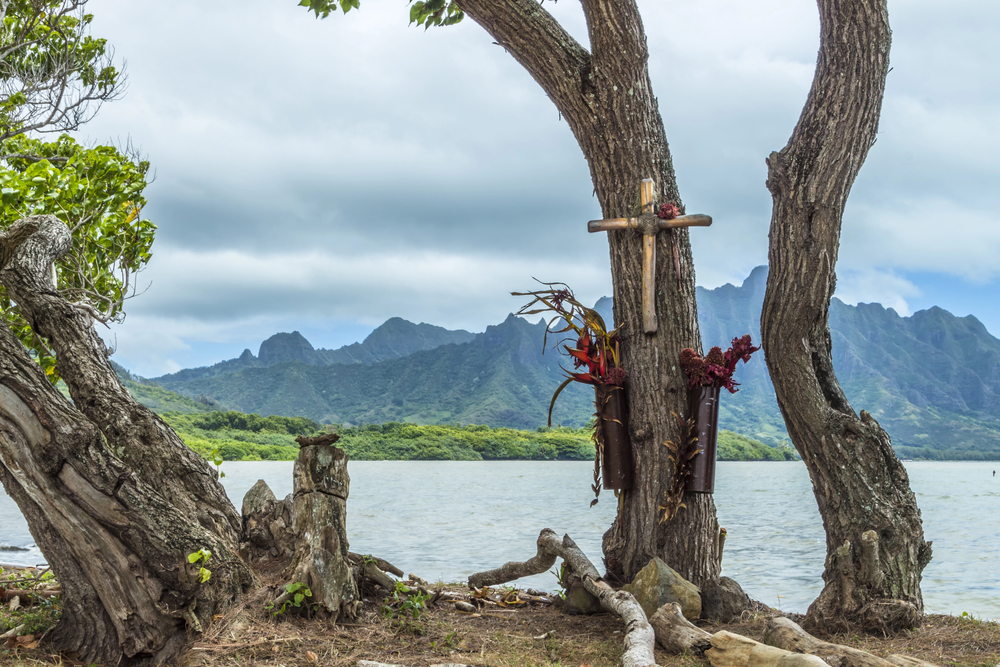
Rising 13,803 feet above the Pacific Ocean, Mauna Kea hosts some of the world’s most important astronomical research facilities. The summit’s Visitor Information Station, located at 9,200 feet, offers nightly stargazing programs and telescope viewing opportunities.
The clean, dry air and minimal light pollution create ideal viewing conditions for observing deep-sky objects. Local astronomy guides share both modern scientific knowledge and traditional Hawaiian celestial navigation practices, creating a unique cultural and astronomical experience.
Like Travel Pug’s content? Follow us on MSN.
NamibRand Nature Reserve, Namibia
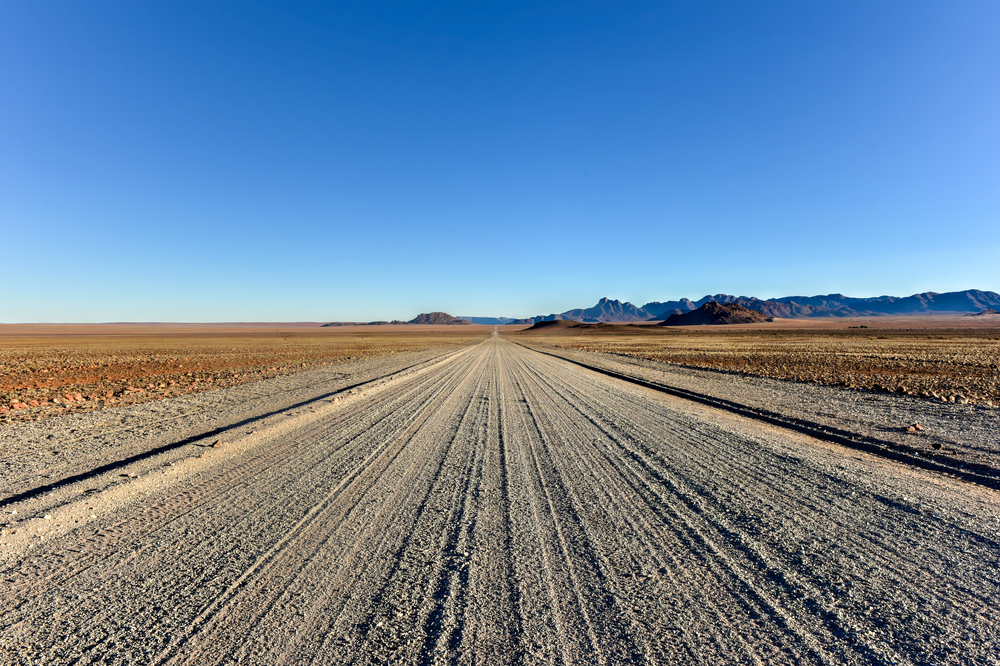
As Africa’s first International Dark Sky Reserve, NamibRand offers some of the continent’s darkest skies. The reserve’s remote location and strict light pollution controls create perfect conditions for observing the southern sky’s treasures.
Professional guides lead astronomy safaris that combine wildlife viewing with stargazing, while luxury lodges offer private observatory facilities. The reserve’s commitment to dark sky preservation ensures exceptional visibility of the Milky Way and southern constellations.
Aoraki Mackenzie Dark Sky Reserve, New Zealand
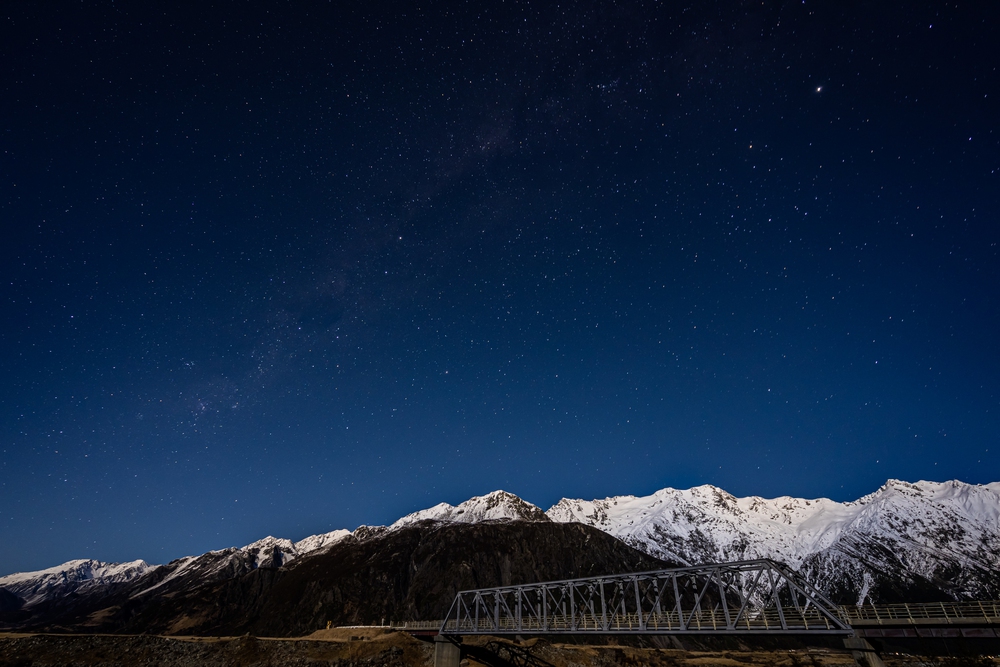
This 4,300-square-mile reserve features strict light pollution controls and consistently clear weather patterns. The University of Canterbury’s Mount John Observatory offers guided tours and public viewing sessions, while local accommodations provide specialized astronomy packages.
The reserve’s location in the southern hemisphere provides unique opportunities to observe celestial objects not visible from northern latitudes, including the Magellanic Clouds and the center of the Milky Way.
Cherry Springs State Park, Pennsylvania
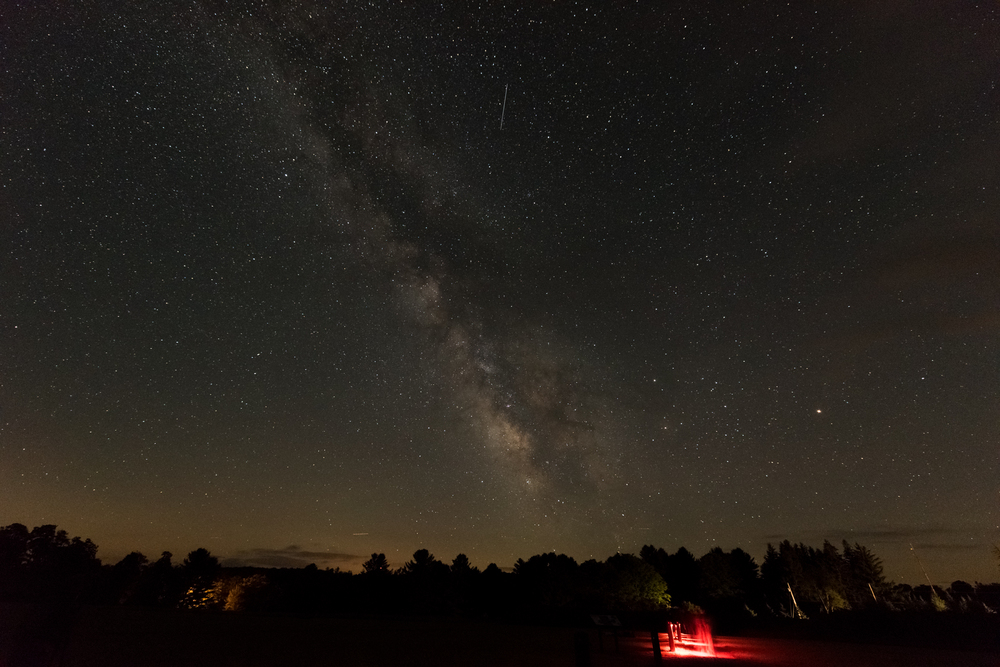
Recognized as one of the darkest sites east of the Mississippi, Cherry Springs State Park provides exceptional stargazing opportunities for the eastern United States. The park’s Astronomy Field features concrete telescope pads, electrical outlets, and an amphitheater for educational programs.
Regular star parties and astronomy events bring together enthusiasts from across the region, while the park’s elevation of 2,300 feet helps minimize atmospheric distortion.
Like Travel Pug’s content? Follow us on MSN.
La Palma, Canary Islands
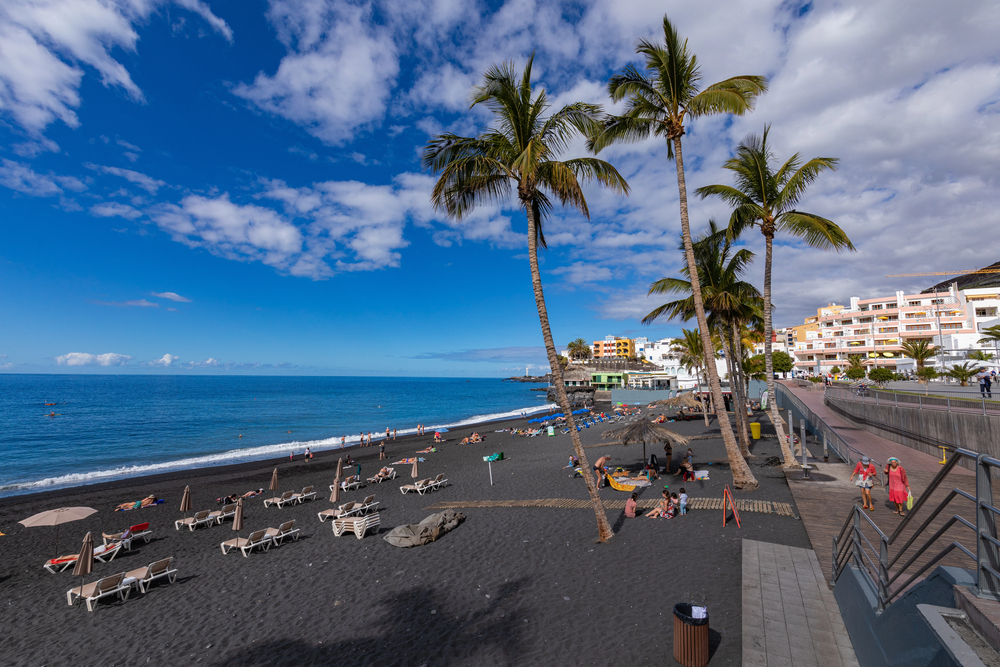
Home to the Roque de los Muchachos Observatory, La Palma benefits from special legislation protecting its skies from light pollution. The island’s high altitude and stable atmosphere create ideal conditions for astronomical observation.
Local astronomy guides offer specialized tours combining telescope viewing with astrophotography workshops, while the island’s volcanic landscape provides dramatic foregrounds for night sky photography.
Bryce Canyon National Park, Utah
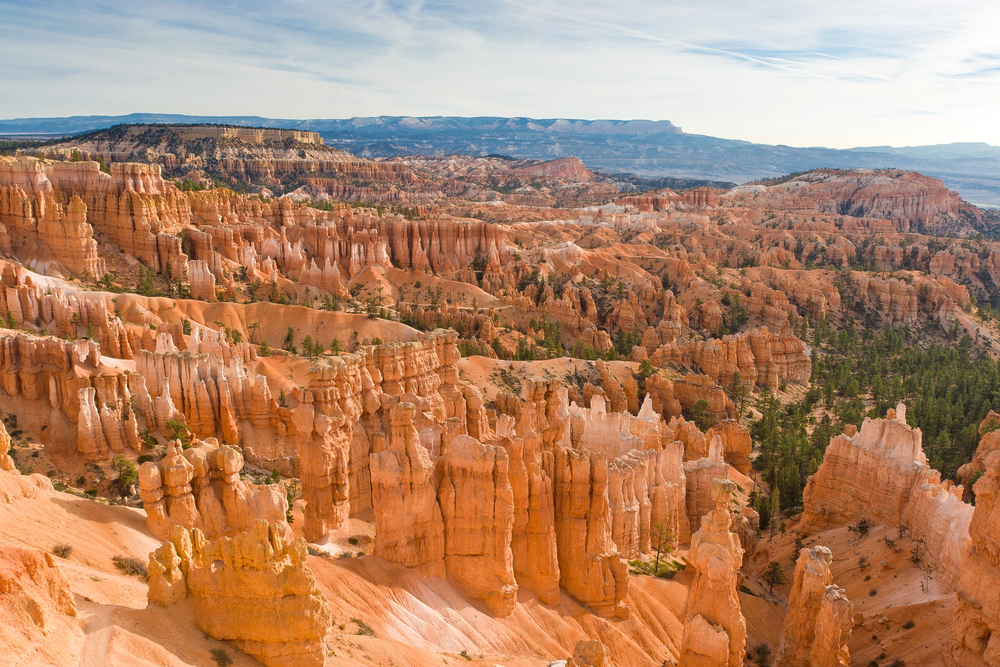
Bryce Canyon’s high altitude and remote location create exceptional dark sky conditions. The park’s astronomy rangers lead regular programs, including constellation tours and telescope viewing sessions.
The natural amphitheater of red rock hoodoos provides a stunning foreground for astrophotography, while the park’s elevation helps reduce atmospheric interference for clearer viewing.
Dark Sky Alqueva, Portugal
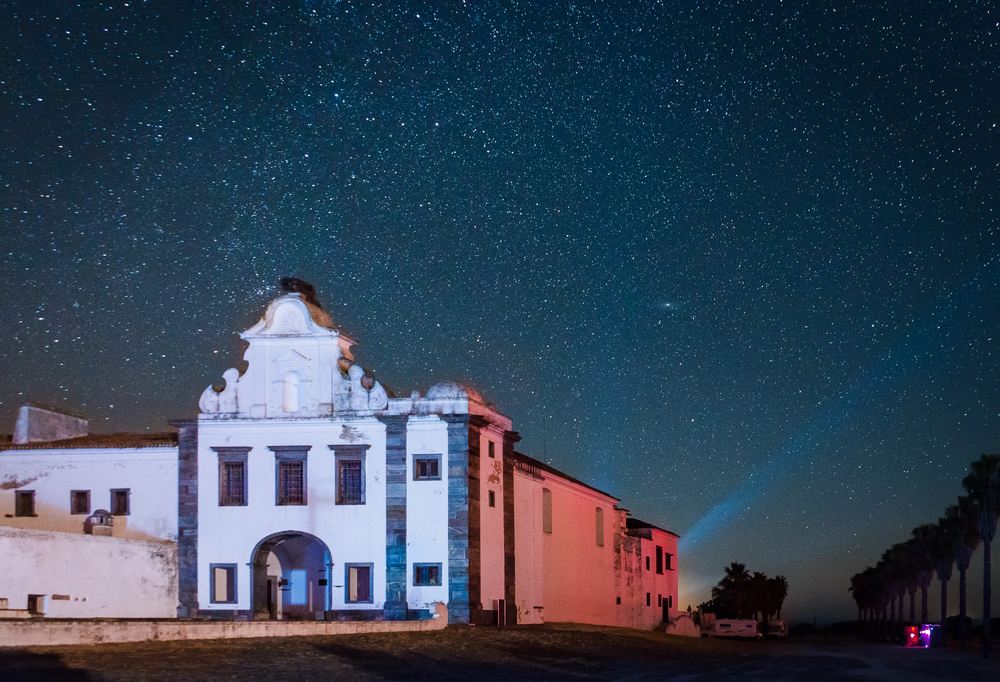
As the world’s first ‘Starlight Tourism Destination,’ this region spans 3,900 square miles of pristine dark skies. The Dark Sky Observatory offers guided tours and specialized equipment for visitors, while local hotels provide astronomy-themed accommodations.
The Mediterranean climate ensures numerous clear nights throughout the year, making it an ideal destination for both casual stargazers and serious observers.
Like Travel Pug’s content? Follow us on MSN.
Pic du Midi, France
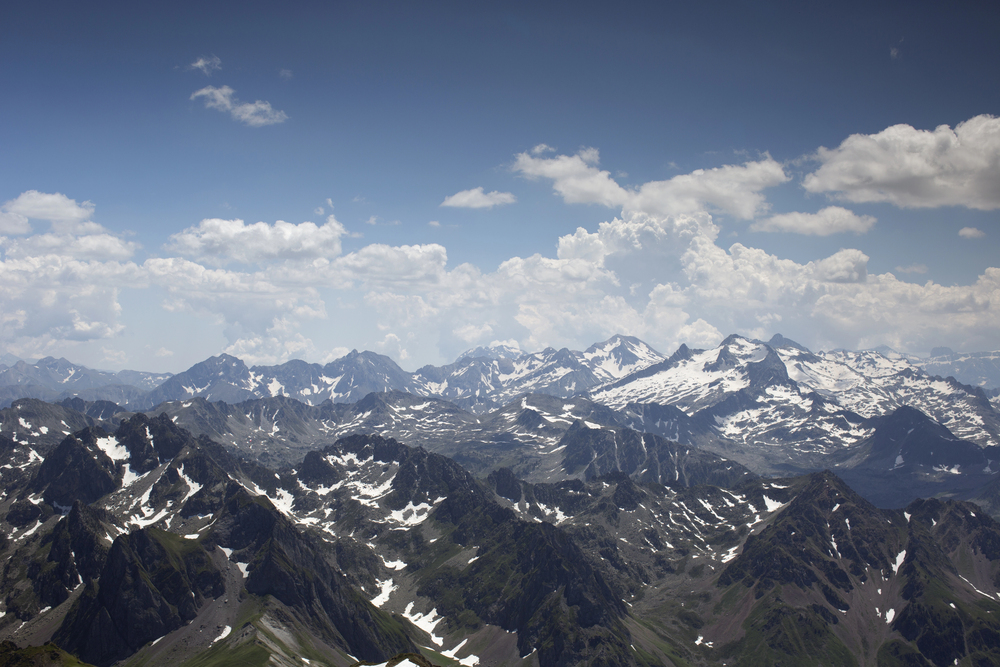
This historic observatory, perched at 9,439 feet in the French Pyrenees, offers overnight stays for amateur astronomers. Visitors can access professional-grade telescopes and benefit from the expertise of on-site astronomers.
The observatory’s cable car access makes it surprisingly accessible, while its high altitude provides exceptional viewing conditions for planetary and deep-sky observation.
Death Valley National Park, California
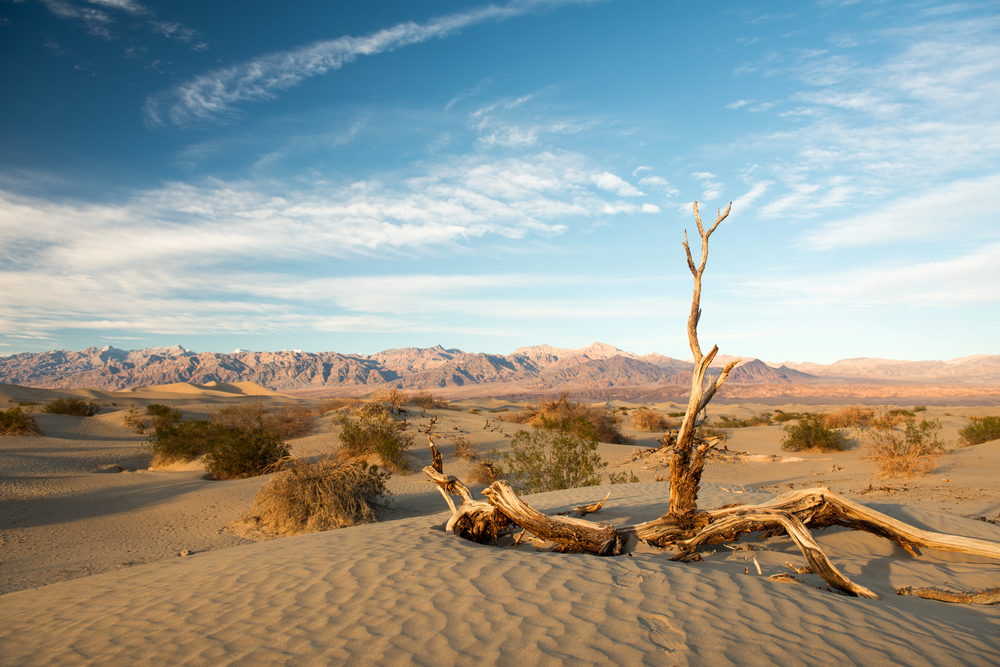
As the largest Dark Sky Park in the United States, Death Valley offers extraordinary stargazing opportunities in its vast desert landscape. The park’s low humidity and minimal light pollution create ideal conditions for observing faint deep-sky objects.
Rangers lead astronomy programs throughout the year, while the park’s varied terrain provides numerous isolated locations for private viewing sessions.
Teide National Park, Tenerife
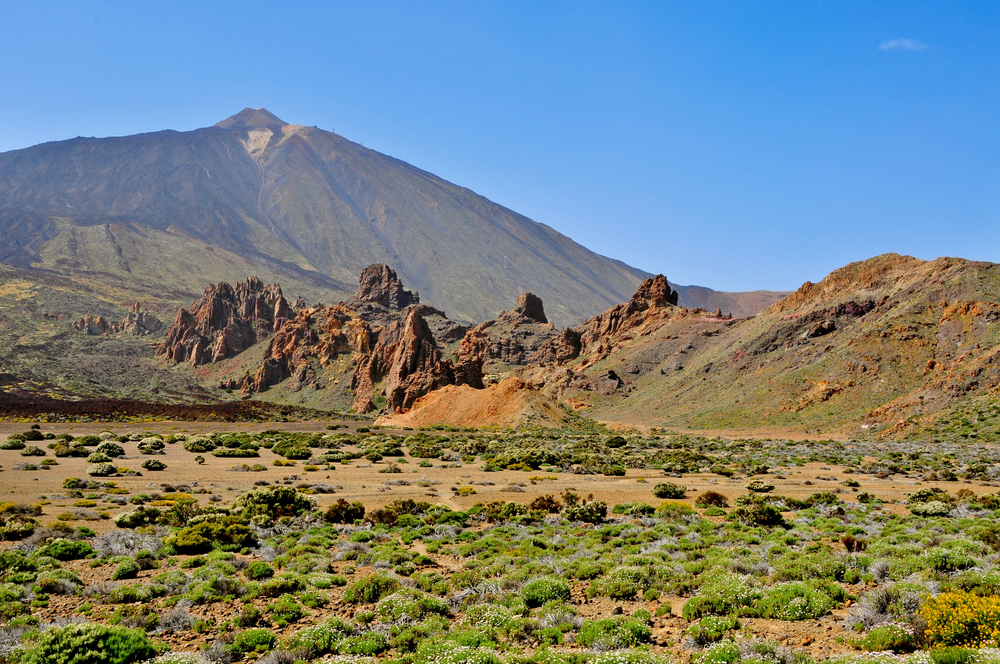
Mount Teide’s observatory, situated at 7,841 feet, benefits from exceptional atmospheric conditions and Spain’s dark sky protection laws. The park offers specialized astronomy tours combining cable car access with professional guidance and telescope viewing.
The volcanic landscape provides unique opportunities for astrophotography, while the stable air creates excellent conditions for planetary observation.
Like Travel Pug’s content? Follow us on MSN.
McDonald Observatory, Texas

Located in the Davis Mountains of West Texas, the McDonald Observatory hosts regular star parties and viewing sessions using research-grade telescopes. The facility’s remote location and high altitude create excellent viewing conditions, while professional astronomers provide expert guidance.
The observatory’s visitor center offers extensive educational resources and interactive exhibits explaining current astronomical research.
Siding Spring Observatory, Australia
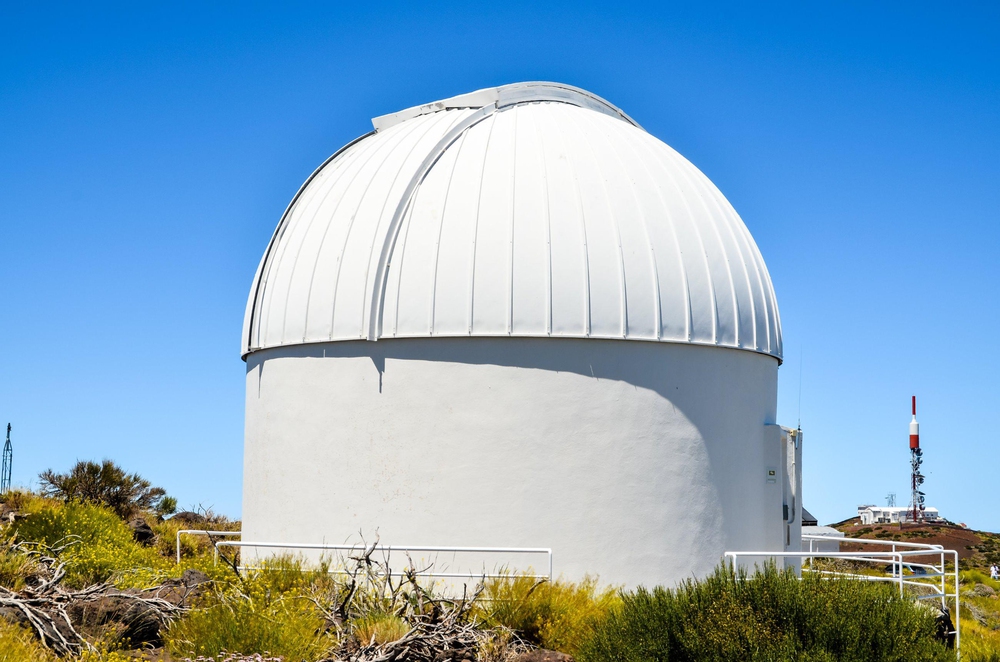
As Australia’s premier astronomical research facility, Siding Spring offers visitors access to professional observatories and dark sky viewing areas. The site’s location in the Warrumbungle National Park ensures minimal light pollution, while the visitor center provides educational programs and viewing opportunities.
The southern hemisphere location offers unique perspectives on celestial objects not visible from northern latitudes.
Lake Tekapo, New Zealand
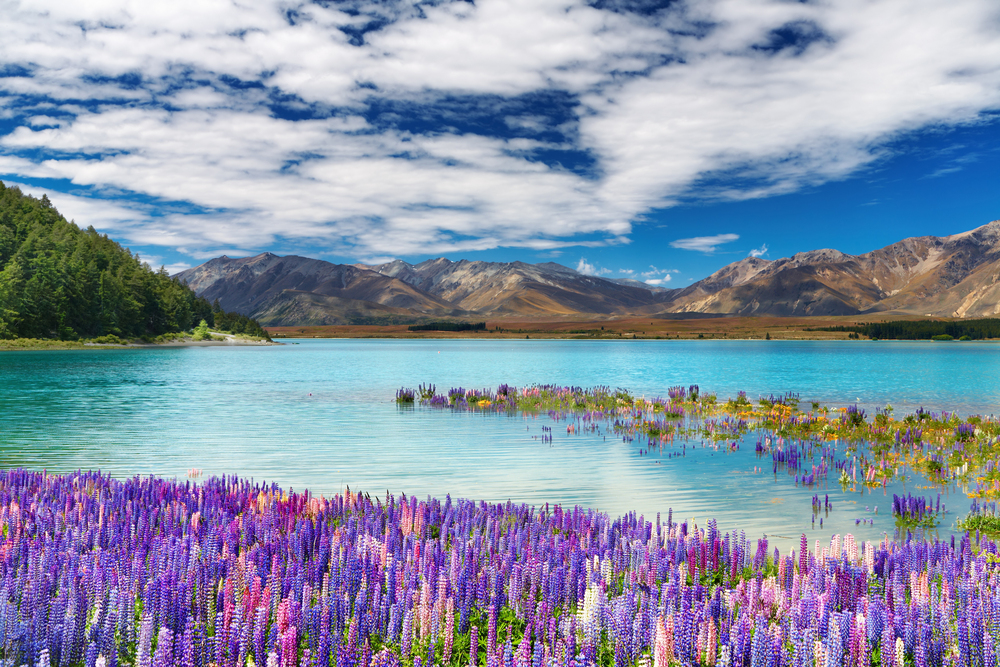
Part of the Aoraki Mackenzie Dark Sky Reserve, Lake Tekapo offers some of the clearest views of the southern night sky. The Earth and Sky Center provides guided tours and access to professional telescopes, while the lakeside location creates stunning reflections of the starry sky.
Local accommodations offer specialized astronomy packages and photography workshops focusing on night sky imagery.
Like Travel Pug’s content? Follow us on MSN.
Kitt Peak National Observatory, Arizona
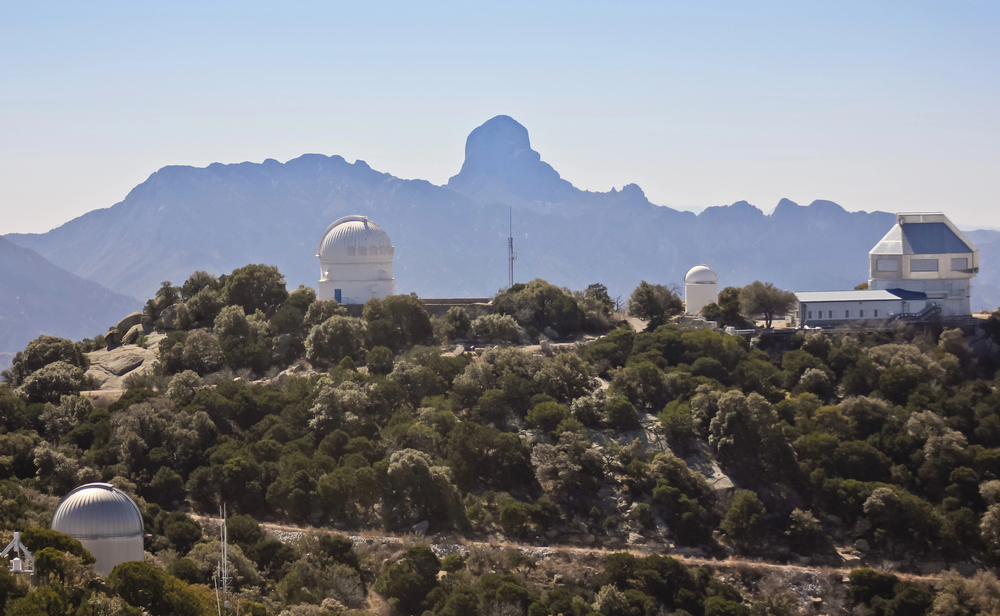
Home to the world’s largest collection of optical telescopes, Kitt Peak offers numerous public programs and overnight observing sessions. The observatory’s location in the Sonoran Desert provides reliable clear skies and minimal light pollution.
Visitors can participate in research-based observing programs and benefit from the guidance of professional astronomers.
Glacier Point, Yosemite National Park
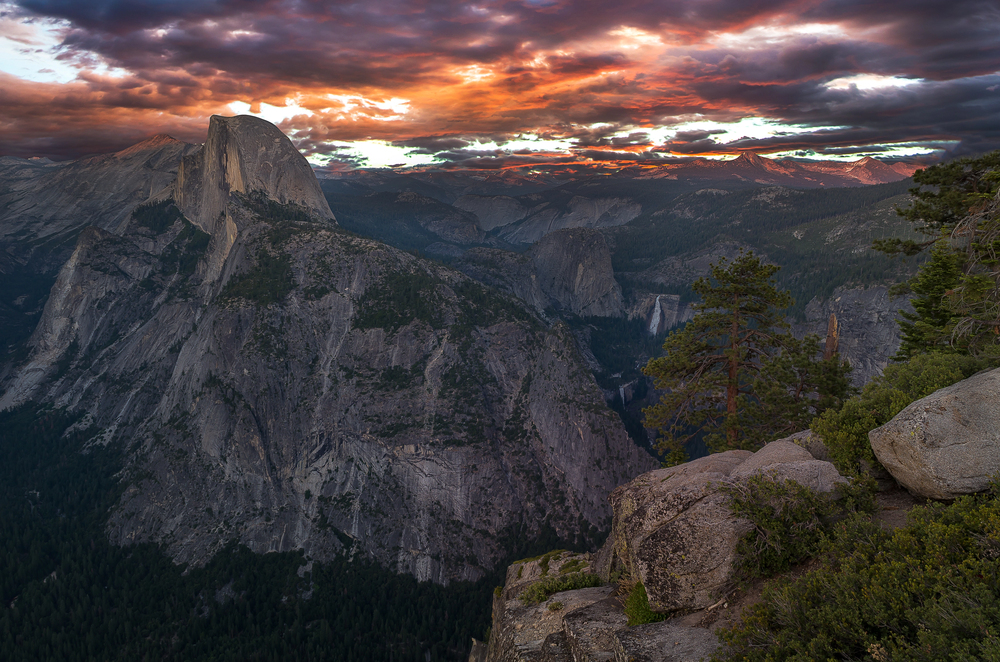
During summer months, Glacier Point hosts star parties featuring dozens of telescopes and expert guidance from amateur astronomers. The site’s 7,214-foot elevation provides crisp, clear views of the night sky, while the dramatic landscape creates unforgettable foreground scenes for astrophotography.
Park rangers offer regular astronomy programs combining natural history with celestial observation.
Jasper Dark Sky Preserve, Canada
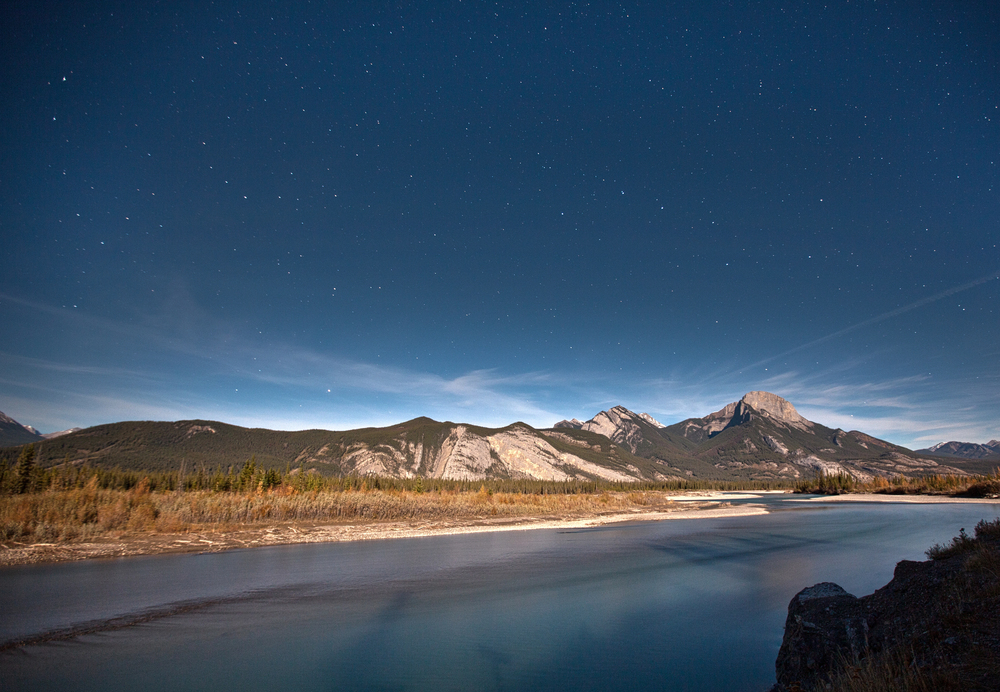
As the world’s second-largest dark sky preserve, Jasper offers exceptional stargazing opportunities in the Canadian Rockies. The annual Dark Sky Festival brings together astronomers and enthusiasts for specialized programs and viewing sessions.
The preserve’s northern latitude provides opportunities to observe aurora borealis, while mountain lodges offer astronomy-themed accommodation packages.
Like Travel Pug’s content? Follow us on MSN.
Brecon Beacons National Park, Wales
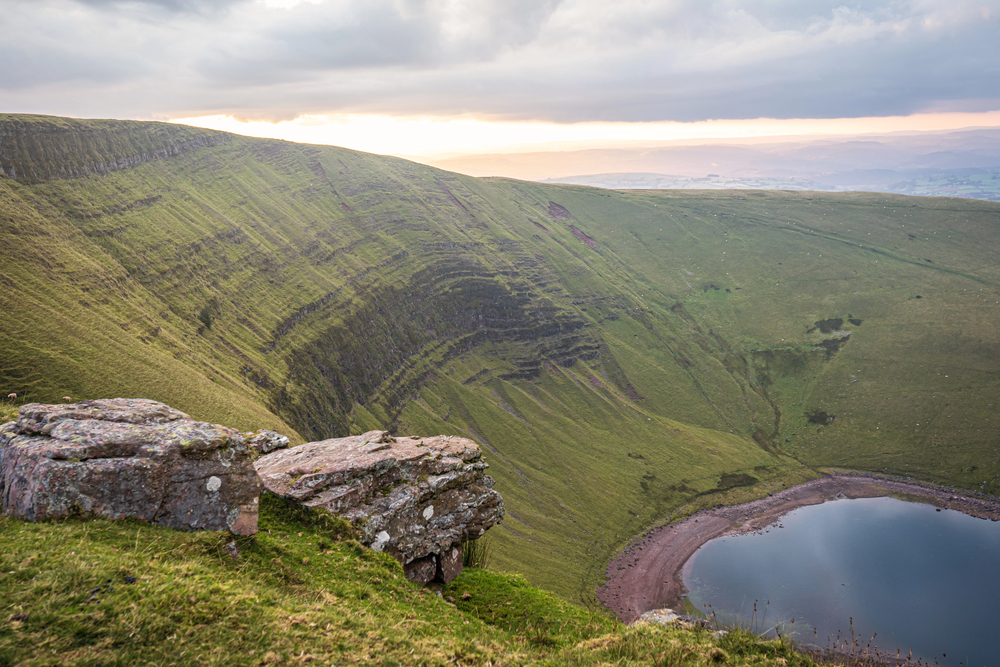
This International Dark Sky Reserve offers some of the UK’s darkest skies, with numerous designated observation sites throughout the park. Local astronomical societies host regular star parties and public viewing sessions, while dark sky tourism businesses provide specialized equipment and guidance.
The park’s varied landscape offers multiple elevated viewing locations with minimal light pollution.
Mount Graham International Observatory, Arizona
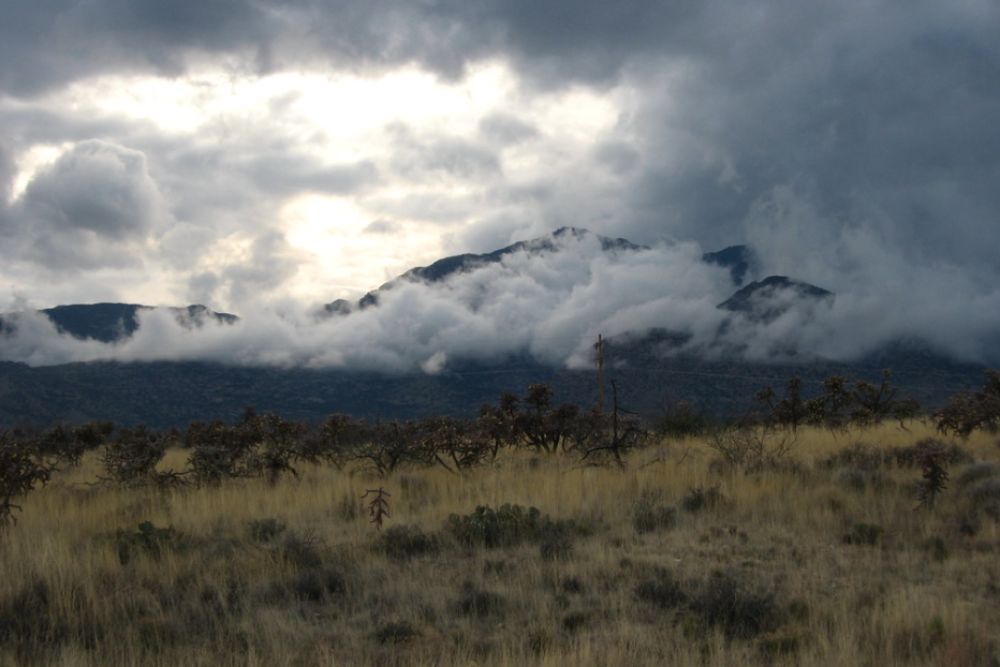
Housing some of the world’s most advanced telescopes, Mount Graham offers scheduled public visits and viewing sessions. The site’s 10,720-foot elevation provides exceptional atmospheric stability for detailed planetary observation.
Visitors can learn about cutting-edge astronomical research while enjoying some of the darkest skies in the continental United States.
Coonabarabran, Australia
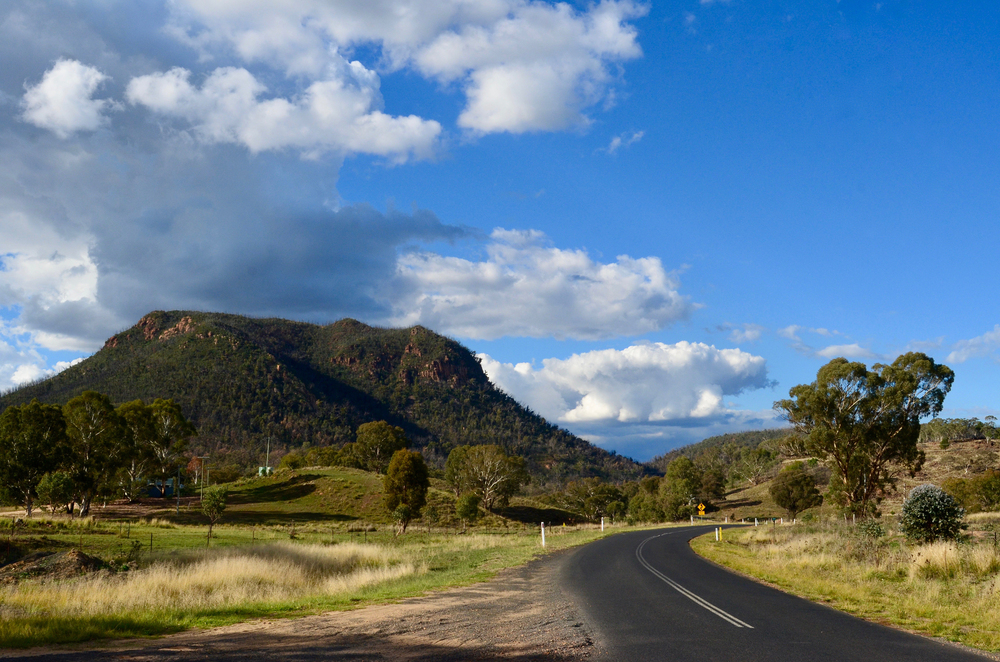
Known as the ‘Astronomy Capital of Australia,’ Coonabarabran provides access to both professional observatories and public viewing areas. The town’s astronomical society hosts regular star parties and educational programs, while local businesses cater specifically to astronomy tourists.
The location offers excellent views of southern hemisphere celestial objects, including the Large and Small Magellanic Clouds.
Like Travel Pug’s content? Follow us on MSN.
Looking Skyward
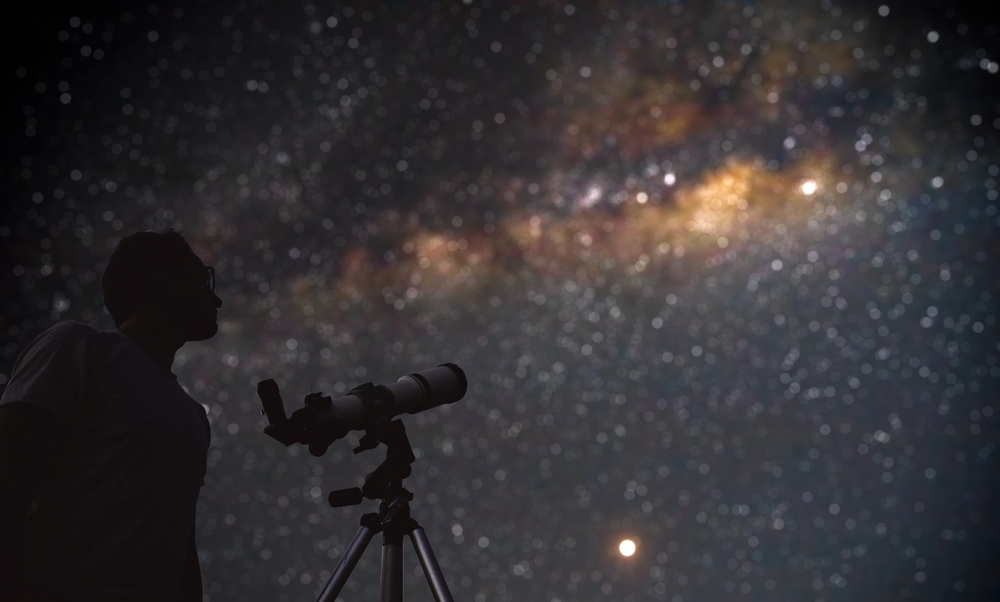
The destinations featured in this guide represent some of the world’s finest locations for amateur astronomy, each offering unique opportunities to explore the cosmos. Whether you’re drawn to the pristine skies of the southern hemisphere, the high-altitude observatories of North America, or the dark sky preserves of Europe, these locations provide unforgettable experiences for stargazers of all levels.
Remember to check local weather conditions, moon phases, and seasonal viewing opportunities when planning your astronomical adventure, and always respect local guidelines for dark sky preservation.
More from Travel Pug

- 15 Dangerous European Cities to Avoid
- 15 Caribbean Islands Where Tourists Keep Getting Scammed
- The 20 Most Fascinating Abandoned Places: A Journey Through Time and Forgotten Spaces
- 15 Hidden Places in the Smithsonian Museums Locals Love: A Guide to Lesser-Known Treasures
- 16 Hidden Florida Beach Towns That Aren’t Overrun with Tourists
Like Travel Pug’s content? Follow us on MSN.
